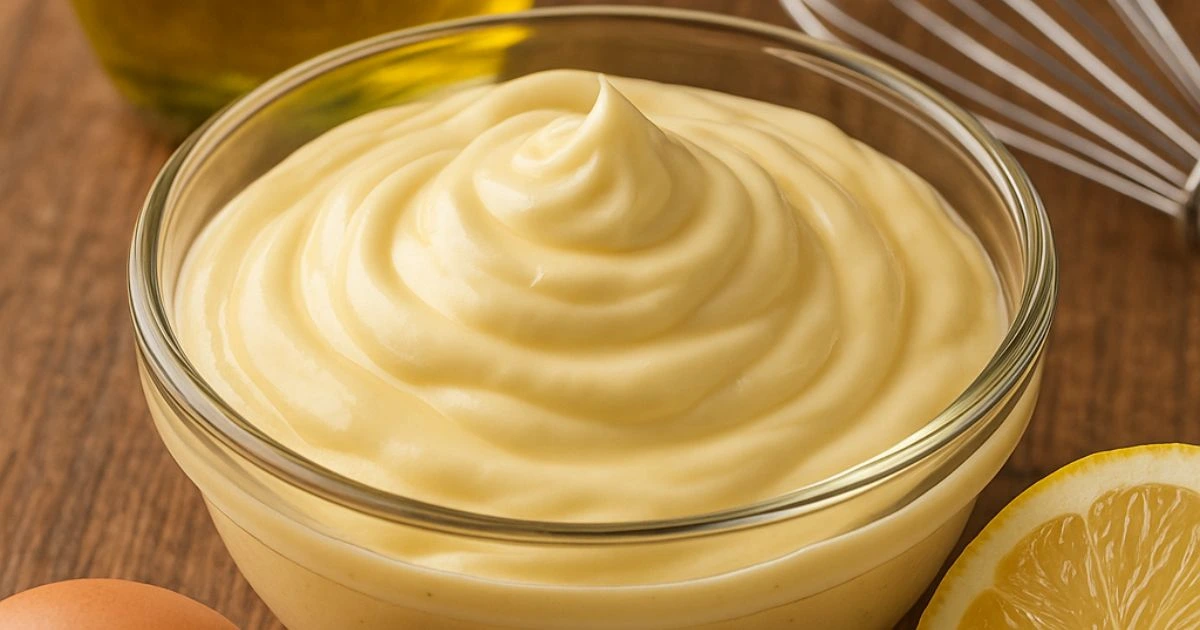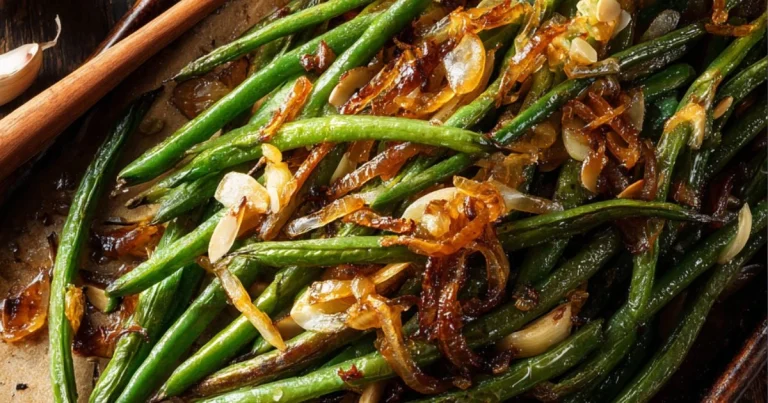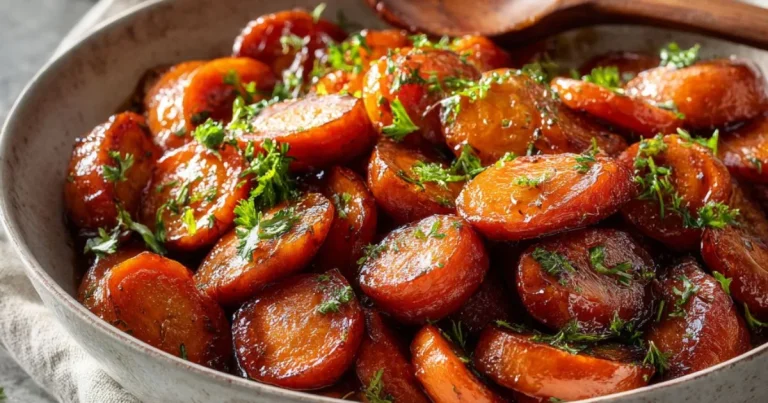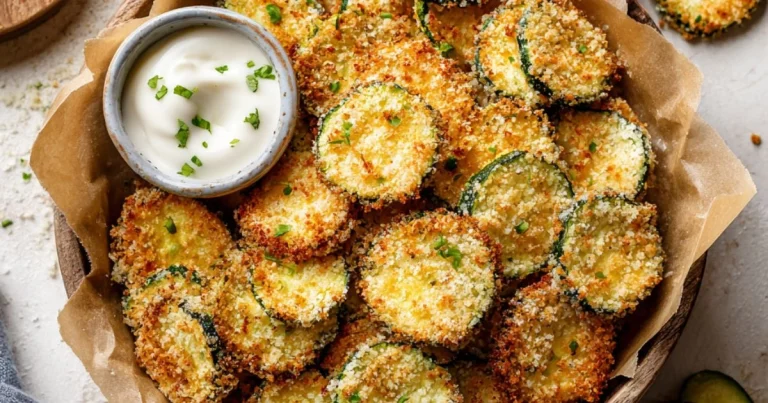The Ultimate Guide to Making Homemade Mayonnaise
Homemade mayonnaise is a creamy, delicious condiment that enhances the flavor of sandwiches, salads, and more. Making mayonnaise from scratch is simpler than you might think, and it allows you to enjoy a fresher, more flavorful version than store-bought options. In this guide, we’ll walk you through everything you need to know about making your own mayonnaise at home, including the essential ingredients, step-by-step instructions, common troubleshooting tips, and exciting variations to try.
What is Homemade Mayonnaise?
Homemade mayonnaise is a rich, creamy condiment made by emulsifying eggs, oil, and acid (like vinegar or lemon juice). Unlike store-bought mayonnaise, which may contain preservatives, stabilizers, and artificial flavors, homemade mayonnaise offers a pure, fresh taste that enhances any dish.
It’s the perfect base for salad dressings, aioli, and even spicy mayo for sushi rolls. Making your own mayonnaise also means you can control the flavors, textures, and ingredients, making it a versatile addition to your kitchen.
The Ingredients for Making Homemade Mayonnaise
To make the best homemade mayonnaise, you’ll need just a few essential ingredients. Here’s what you’ll need:
- Egg Yolks: The base of the mayonnaise, egg yolks act as the emulsifier that binds the oil and acid together. You can use pasteurized eggs or opt for egg-free mayonnaise if you prefer.
- Oil: The type of oil you use impacts the flavor of your mayonnaise. For a neutral taste, vegetable or canola oil works best, but if you prefer a richer flavor, try olive oil or avocado oil.
- Vinegar or Lemon Juice: Both provide the acidity necessary for emulsification, and they also balance the richness of the oil.
- Mustard: While optional, mustard helps with the emulsification process and adds a subtle tangy flavor.
- Salt: A pinch of salt enhances the flavors of the mayonnaise and balances the sweetness of the eggs and oil.
Pro Tip: To learn more about emulsification and why it’s important for mayonnaise-making, check out this article on how emulsification works.
The Science Behind Homemade Mayonnaise
At its core, mayonnaise is an emulsion, which is a mixture of two liquids that normally don’t combine. In this case, the oil and water-based liquids (egg yolks and vinegar) are brought together using a process called emulsification.
- Egg Yolks: The proteins in egg yolks stabilize the oil droplets, allowing them to stay suspended in the liquid.
- Oil: When slowly added to the egg yolk mixture, the oil creates a creamy texture by breaking into tiny droplets and blending with the egg yolk.
- Acid: The acid (either vinegar or lemon juice) helps to stabilize the emulsion while adding tanginess to the flavor.
If you’ve ever tried making mayonnaise and ended up with a broken or separated mixture, understanding emulsification is key to troubleshooting the issue.
Step-by-Step Guide to Making Homemade Mayonnaise
Making homemade mayonnaise is simple and rewarding. Here’s a step-by-step guide to help you create a creamy, fresh batch from scratch:
Ingredients:
- 1 large egg yolk (at room temperature)
- 1 tablespoon Dijon mustard
- 1 tablespoon white wine vinegar or lemon juice
- 1 cup neutral oil (like canola or vegetable oil)
- Salt to taste
- Optional: 1 teaspoon sugar for sweetness
Instructions:
- Prepare the Ingredients:
Ensure the egg yolk, mustard, and vinegar or lemon juice are all at room temperature. This will help them emulsify better with the oil. - Whisk the Base:
In a medium bowl, whisk together the egg yolk, mustard, and vinegar (or lemon juice) until the mixture is smooth and slightly thickened. - Add the Oil Slowly:
Begin adding the oil drop by drop while whisking constantly. Once the mixture starts to thicken, you can add the oil in a slow, steady stream. Be patient and keep whisking vigorously to create the emulsion. - Season the Mayonnaise:
After all the oil has been incorporated, taste the mayonnaise and add salt. If you want a little sweetness, stir in a teaspoon of sugar. - Finish and Store:
Once the mayonnaise is thick, smooth, and creamy, transfer it to a clean jar. Store in the fridge for up to 3-4 days.
Enjoy your fresh, homemade mayonnaise as a dip, sandwich spread, or salad dressing!
Pro Tip: For a faster method, you can use a hand blender or a food processor to emulsify the ingredients.
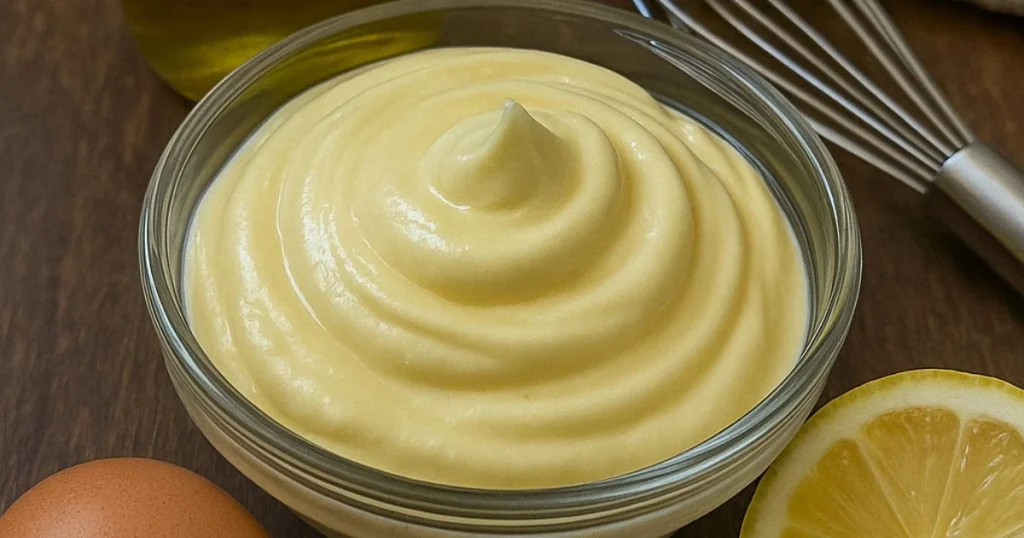
Troubleshooting: Why Your Homemade Mayonnaise Might Fail
Making homemade mayonnaise can be a bit tricky, but understanding why it fails can help you fix common issues. Here are a few reasons why your mayo might not turn out right:
- Broken Mayonnaise: If your mayonnaise separates and becomes thin, it’s usually because the oil was added too quickly. To fix this, start with a new egg yolk and slowly whisk in the broken mixture, drop by drop.
- Too Runny: If your mayonnaise is too thin, you likely didn’t add enough oil. Slowly add more oil while whisking vigorously to thicken it.
- Too Thick: If your mayo is too thick, it means you added too much oil too quickly. Add a few teaspoons of warm water and whisk to adjust the consistency.
- Watery Mayonnaise: This may happen if your ingredients weren’t at room temperature. Ensure your eggs, oil, and vinegar are all at the same temperature before mixing.
By addressing these issues, you can master the art of making perfect homemade mayonnaise every time!
For more troubleshooting tips, see this guide on fixing broken mayonnaise.
Flavor Variations of Homemade Mayonnaise
One of the best things about homemade mayonnaise is its versatility. You can easily customize it with various flavors to suit different dishes. Here are a few exciting flavor variations you can try:
- Garlic Aioli: For a rich, garlicky twist, blend in minced garlic. You can use roasted garlic for a milder, sweeter flavor or fresh garlic for a bold, spicy bite. Perfect for dipping fries or spreading on sandwiches.
- Spicy Mayonnaise: Add a tablespoon of sriracha, chili paste, or hot sauce to your mayonnaise for a spicy kick. This variation is perfect for sushi rolls, burgers, or spicy shrimp tacos.
- Lemon or Herb Mayonnaise: Stir in lemon zest and a squeeze of lemon juice for a tangy, citrusy mayonnaise. For a more herby version, add fresh chopped herbs like parsley, basil, dill, or tarragon. This works wonderfully as a topping for grilled vegetables or roasted chicken.
- Smoky Mayonnaise: Incorporate smoked paprika, chipotle peppers in adobo sauce, or a few drops of liquid smoke for a smoky flavor. This is great with grilled meats or as a dip for roasted potatoes.
- Mustard Mayonnaise: Whisk in a teaspoon of Dijon or yellow mustard for a tangy bite. This variation pairs well with sandwiches, coleslaw, or even as a dressing for potato salad.
Feel free to experiment with different spices, herbs, and even citrus zest to create a mayonnaise that fits your unique taste. The beauty of homemade mayonnaise is that the possibilities are endless!
Frequently Asked Questions About Homemade Mayonnaise
1. Why does my homemade mayonnaise separate?
This typically happens if the oil was added too quickly or if the ingredients were not at room temperature. To prevent separation, add oil gradually and ensure all ingredients are at a similar temperature before mixing.
2. How do I fix broken mayonnaise?
If your mayonnaise breaks (i.e., the oil separates from the egg), start with a new egg yolk in a clean bowl. Slowly whisk the broken mayonnaise back in, drop by drop, until it emulsifies again.
3. Can I make mayonnaise without eggs?
Yes! You can make eggless mayonnaise using alternatives like aquafaba (the liquid from canned chickpeas) or silken tofu. These substitutions will still give you a creamy texture without eggs.
4. How long does homemade mayonnaise last?
Homemade mayonnaise typically lasts 3-4 days when stored in an airtight container in the refrigerator. Make sure it’s kept cold to prevent spoilage.
5. Can I use a blender or food processor to make mayonnaise?
Yes, you can use a blender or food processor to make mayonnaise, and it’s often easier. Just be sure to add the oil slowly to achieve the perfect emulsion.
With these tips, you’ll be able to create perfect mayonnaise every time!
Conclusion
Making homemade mayonnaise is incredibly rewarding, and with just a few simple ingredients, you can create a creamy, flavorful condiment that beats store-bought versions every time. By following this step-by-step guide, you can achieve the perfect texture and taste, whether you’re using it as a dip, spread, or dressing.
What makes homemade mayonnaise so special is the ability to customize it to your preference. From adding garlic for an aioli twist to infusing it with smoky flavors, the possibilities are endless. With a little patience and practice, you’ll be able to create mayo that’s fresh, rich, and free of preservatives.
So, next time you’re in the kitchen, try making this easy recipe and enjoy the unbeatable taste of homemade mayonnaise that will elevate any dish. Your taste buds will thank you!
For more recipes-making tips, checkout Creamy Chicken Alfredo Sloppy Joes

